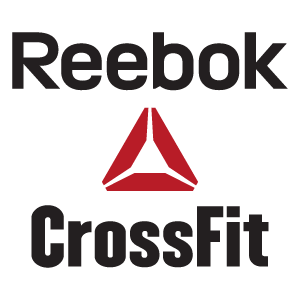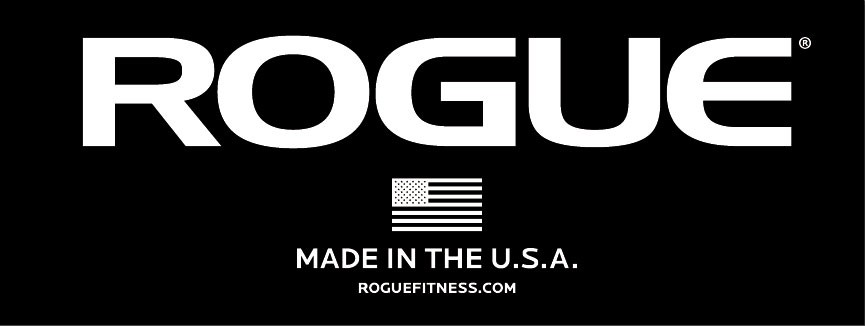This topic is somewhat near and dear to me since I’ve struggled with urinary incontinence while lifting myself, and most recently during my last meet. While certainly embarrassing, it is not that uncommon but unfortunately a topic that is not frequently discussed. To be fair, this wasn’t always a problem for me. It wasn’t until switching to a sumo stance that I began having issues deadlifts. However, I did notice that it only happened when I worked up to heavier weights. An easy fix would’ve simply been to avoid heavier loads, but as a powerlifter where the goal is to lift as much weight as possible, that obviously wasn’t going to happen. The first time it happened in the gym I was mortified but overtime, I eventually began to accept it as normal. If I wanted to continue competing I’d have to face the fact that all of social media would get the chance watch me pee myself.
Why does it happen?
Stress urinary incontinence (SUI) is defined as the unintentional loss of urine that is prompted by a physical movement or activity such as heavy lifting that puts pressure (stress) on the bladder (SI – Mayo Clinic). While SUI is common in the lifting community, it is NOT necessarily normal. It’s actually a sign that something in our bodies isn’t working efficiently and the pelvic floor muscles are simply where it’s showing. The pelvic floor (the females “basement”) consists of various muscles, ligaments, and connective tissue that make up the bottom of our abdominal cavity. It supports our bladder and other pelvic organs, and basically prevents our organs from falling out. As long as our pelvic floor muscles perform its necessary functions, we really don’t think about it all that much. Add heavy lifting into the equation and if your pelvic floor isn’t functioning properly, you’ll know. Peeing yourself is basically what happens when all that intra-abdominal pressure built up in our bellies to create a stable core surpasses the capacity of the pelvic floor. This doesn’t mean your pelvic floor is weak though. Could a weak pelvic floor be the problem? Sure. Our pelvic floor muscles, like all muscles, must be strong enough to perform its daily functions. But we’re athletes. We laugh, cough, and control our bladders for extended periods of time without any issues. It’s unlikely that our pelvic floor muscles are actually weak. More than likely there’s some sort of improper movement pattern and we just need to teach our body’s systems to work together. The pelvic floor is technically part of the core, along with the diaphragm, deep abdominal, and spinal muscles. Poor coordination of these muscles may lead to incontinence because the woman is unable to engage her basement properly. The question is, what can we do to stop peeing when we lift?
How to Stop Peeing when you lift
Unfortunately, there’s not much research on the topic and the little information available doesn’t really focus much on strength athletes. Much of the research I did find in regard to SUI focused on women after childbirth, and gave the common suggestion to perform the token kegel exercise. While simple Kegels performed a few times per week could potentially benefit the average women, it probably won’t help most athletes.
Dr Quinn Henoch, (Founder of Clinical Athlete and Head of Sports Rehab for Team Juggernaut) has offered a few recommendations that might help.
- Identify when SUI occurs and train that movement:
Identify the movement. Does is only happen when you deadlift? What about squats? Sumo deadlifts were the only lift I had issues with. Conventional deadlifts, squats, and pretty much every other exercise were a non-issue.
Determine at what intensity it happens. If it only happens under load, at what weight does it occur? When I initially began lifting again after an injury (the reason why I switched to sumo) I really didn’t need much weight on the bar to experience SUI. I did notice that as I continued lifting and getting stronger, I was also able to handle more weight without peeing. As I got closer to my max however, I still had problems.
Determine what point in the movement does it occurs. Does it happen as you pull off the floor or during your lockout? For me, it was actually once I got about to my knees that it occurred. I was fine immediately off the floor, and fine at lockout, but for whatever reason, when the bar got to my knees it was like the flood gates had opened.
Once you’ve established what movements make you incontinent, perform that movement at a lighter load. I found that as I continued to deadlift, I was able to lift more weights AND I was also able to do so without peeing! I still peed when I got to heavier loads but the weights that would once trigger incontinence no longer occurred. Essentially, as I got stronger, so did my pelvic floor. Now, the goal is to prevent SUI completely not just prolong it from happening. This leads me to tip #2.
- Learn to brace your core WHILE squeezing the basement
It’s very likely you’re not engaging your basement properly. Our pelvic floor is probably actually very strong. If you’re lifting frequently and with some good intensity, it’s highly unlikely that you have a weak pelvic floor. The problem is that your body is not in sync. We need all the muscles of our core working together. Obviously bracing your core is important maintain proper positioning for the lift but in regard to SUI, being able to squeeze the basement while squeezing the core is probably a beneficial thing to work on. Here is an excellent video that teaches you how to properly brace your core and thus your pelvic floor more efficiently: 90-90 Breathing (you can also do this using a balloon).
Once you’ve established the basic breathing pattern, try performing whatever movement is causing the issue with a very light load (between 40-60%). Exaggerate the bracing and focus on squeezing the basement while performing a conscious kegel (since you’re attempting to oppose the pressure from your core and breathe holding.) The goal is to increase that threshold over time. Continue increasing the weights to just before you leak. If you leak, end the set there. It will also be a good idea to try this without a weight belt, at least initially. If you’ve identified a specific portion of the lift where is occur, focus on that portion of the lift. Hold that position for a few seconds while you’re bracing.
- See a Pelvic Floor Specialist
Peeing while lifting, even under a heavy load is common, but NOT normal. If you’re still having issues engaging the basement it might be a good idea to look around for a specialist in your area, preferably one who performs internal exams. They will be able to work with you directly and make sure there isn’t any underlying health issue. Check out the APTA PT locator for physical therapists in your area who specialize in women’s health.
The pelvic floor is an important aspect of the female body. A healthy pelvic floor means more plates on the barbell, so treat it with some TLC.
The post Incontinence and Female Athletes appeared first on Juggernaut.









